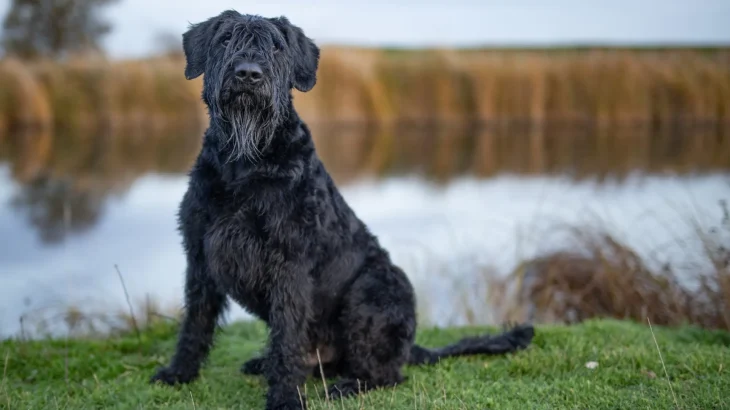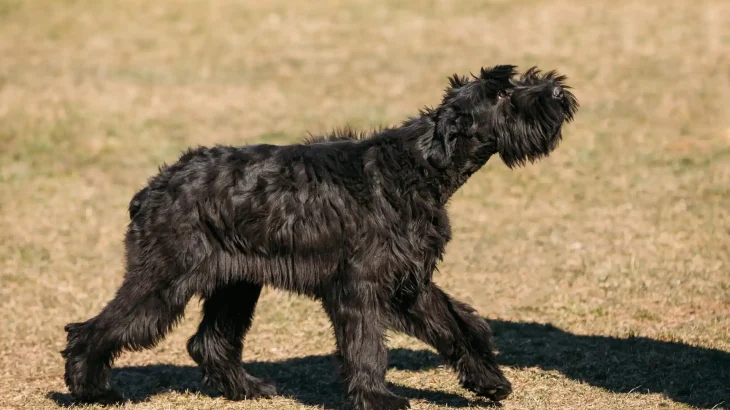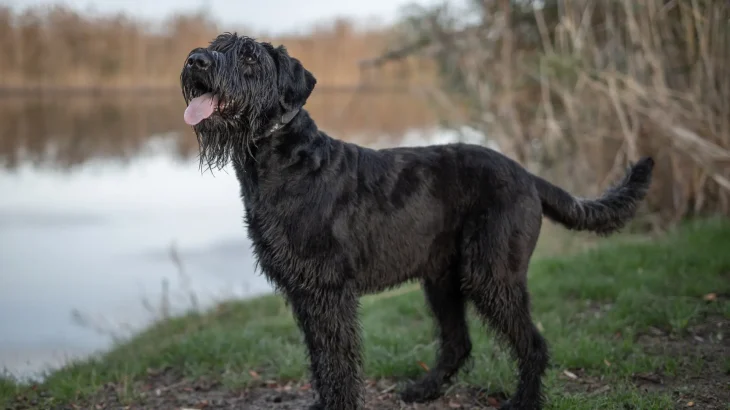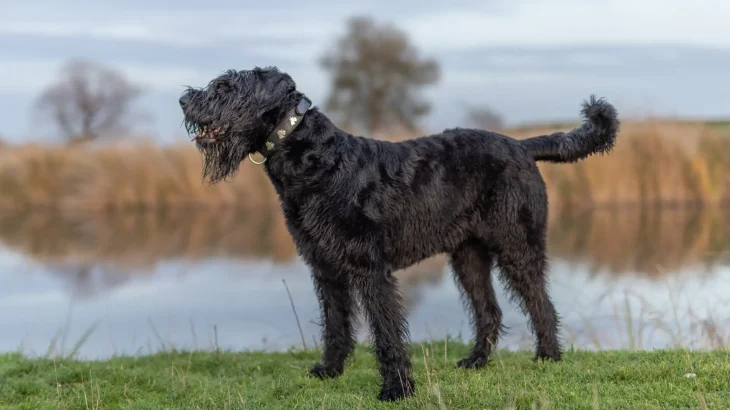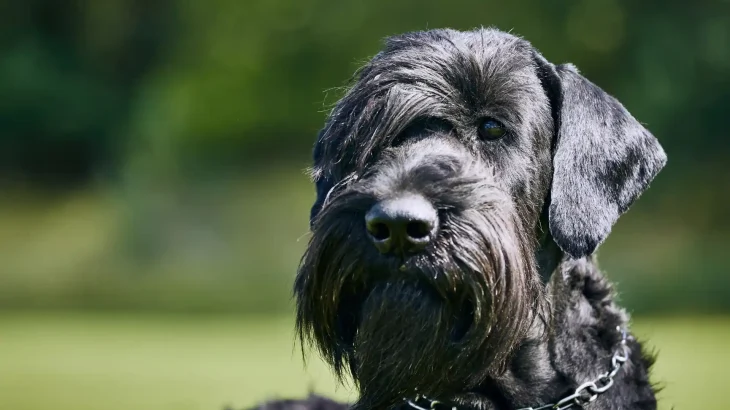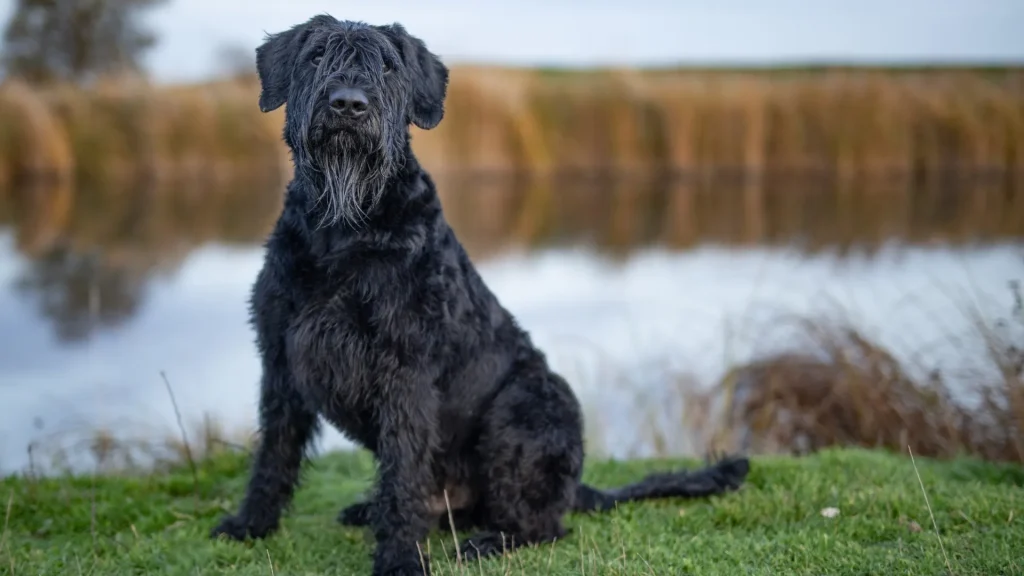Deciding whether to buy or adopt a Giant Schnauzer puppy involves balancing predictability and the joy of giving a dog a second chance. Purchasing from a breeder usually ensures known lineage and health details, while adoption offers a meaningful opportunity to rescue a dog, sometimes with less certainty about background.
Adoption vs. Breeder: Pros & Cons
| Criteria | Buying from Breeder | Adopting from Shelter/Rescue |
|---|---|---|
| Cost | Typically higher, often ranging $1,500 to $3,000 for a purebred Giant Schnauzer puppy. | Usually lower adoption fees, generally $100 to $400, often covering initial vet care. |
| Health History | Breeders often provide detailed health records and genetic screenings. | Health history may be incomplete or unknown; some shelters perform basic health checks. |
| Age Availability | Primarily puppies, allowing you to raise them from an early age. | Variety of ages available, from puppies to adults, increasing chances to find a compatible dog. |
| Temperament Insight | Breeders can offer insight on lineage temperament and socialization. | Shelter staff may provide behavior notes, but full temperament history can be unclear. |
| Ethical Considerations | Supports responsible breeding when choosing reputable breeders; avoid puppy mills. | Helps provide a home to a dog in need and reduces shelter overpopulation. |
| Breed Purity & Pedigree | Guaranteed purebred with pedigree documentation. | Breed purity might be uncertain; mixed or purebred dogs possible. |

